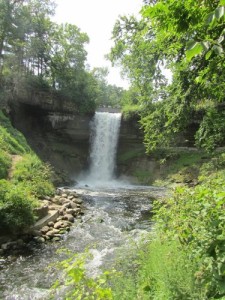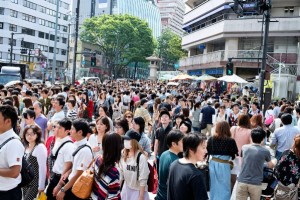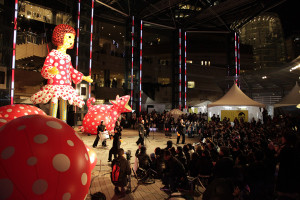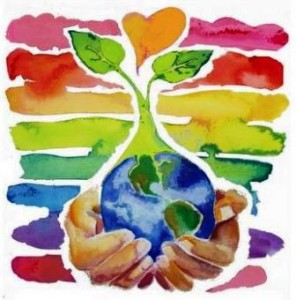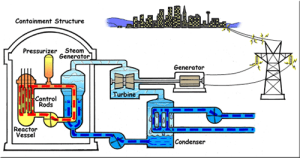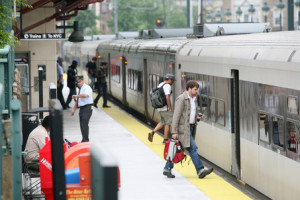Do you have any ideas on what you want to do in the month of April? If you don’t know and is interested, look down below of the suggestions. You possibly find something that you would enjoy.
- Want to get involved in your local park recreations? “On Monday, April 16, we kick off National Park Week: one of our nation’s largest celebrations of nature, history and culture. This year is special because it comes as we celebrate 100 years of the National Park Service — that’s 100 years of protecting America’s best idea! “National Park Week is the perfect time to get out there and #FindYourPark with free admission April 16-24 to all of our 400-plus national park sites.” – Rightful owner
- Are you looking for a wesbite for new apparel and fitness gears? Try looking at the presidentschallenge website: “Use promo code SPRING2016 to get 25% off any of the materials we’re offering in our online shop.” – Rightful owner
- Take a hike! Now that it’s April and we are heading to a warmer season, it’s time to go outside and enjoy the warmer season. Want some tips on how to enhance your hike:
- Plan out your trip! It’s a good to get an idea and to research about the area you’re interested in hiking in. In this way, you know if it’s good for someone like you or a friend/partner if they are a beginner, experienced, or expert at hiking!
- Wear the right gear! That also means make sure to check your local forecast. The right pair of hiking shoes will help support your feet and clothing will protect you from potential danger.
- Bring extra food & water! Chances are you may get hungry so pack nutritional meals/snacks and water along. Make sure to always stay hydrated!
- Bring a map/GPS/compass! It’s probably a good idea to know where you are heading and on how you can hike back to where you’d started.
- Recommended local hiking trails: Theodore Wirth Regional Park, Minnehaha Regional Park, Fort Snelling State Park, Hyland Lake Park Reserve, and more!

